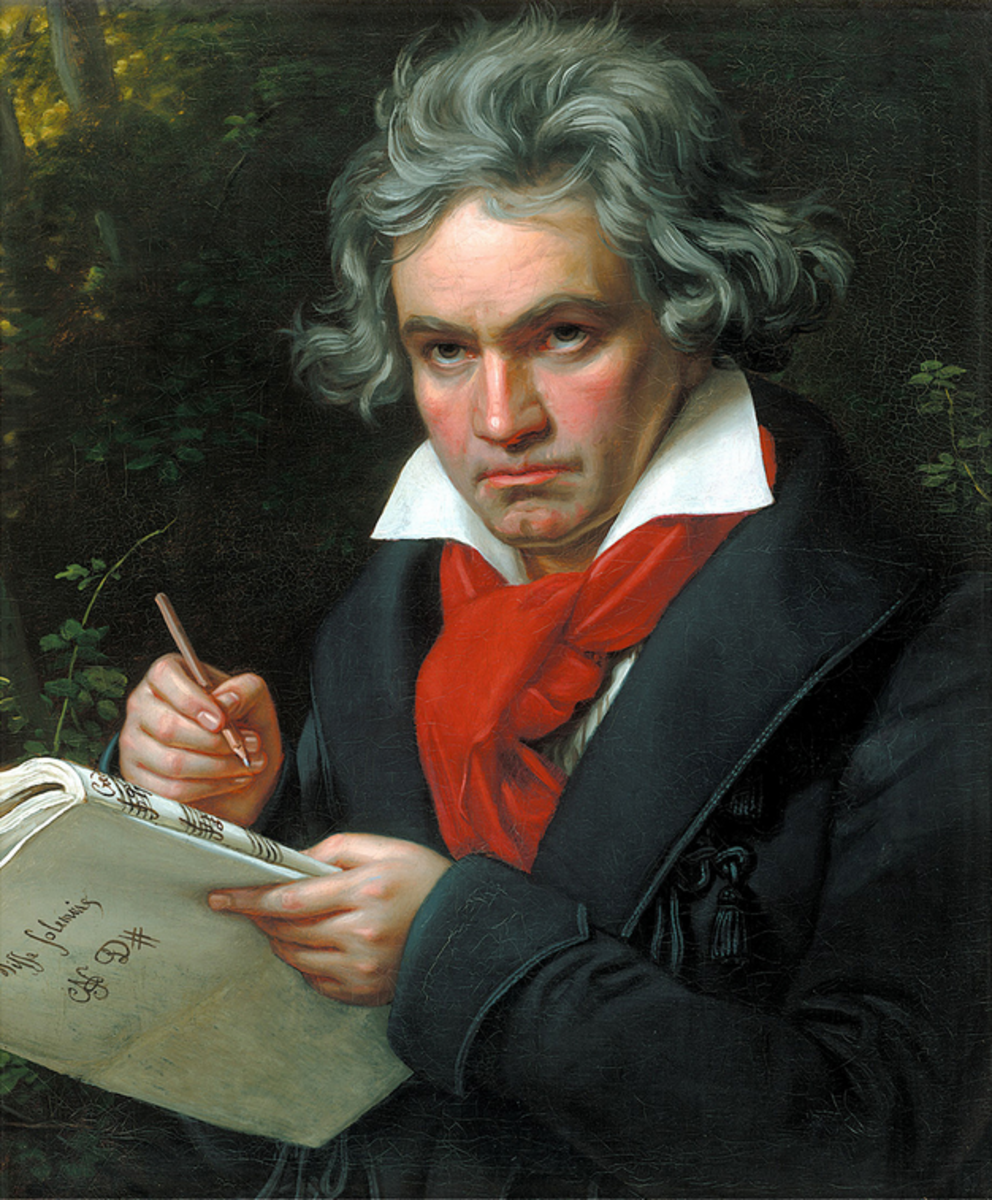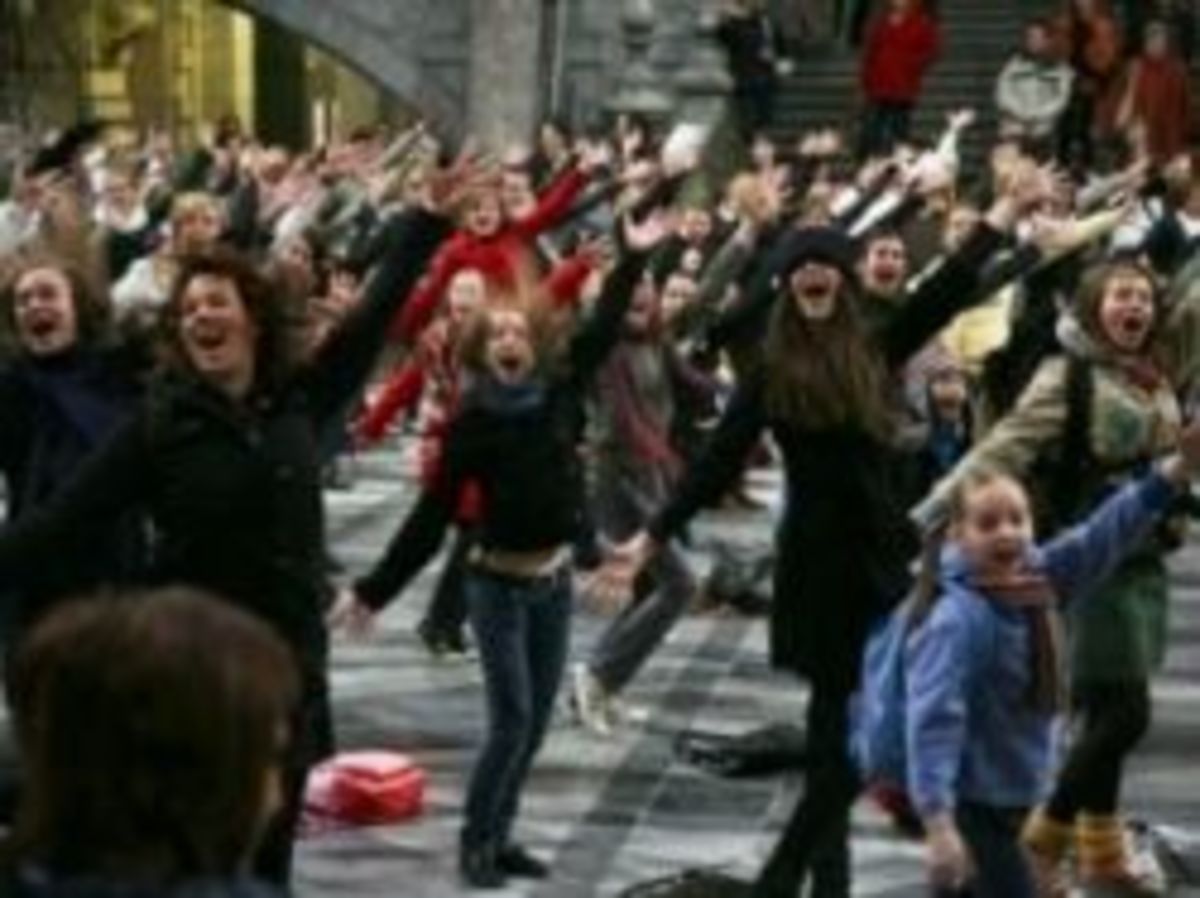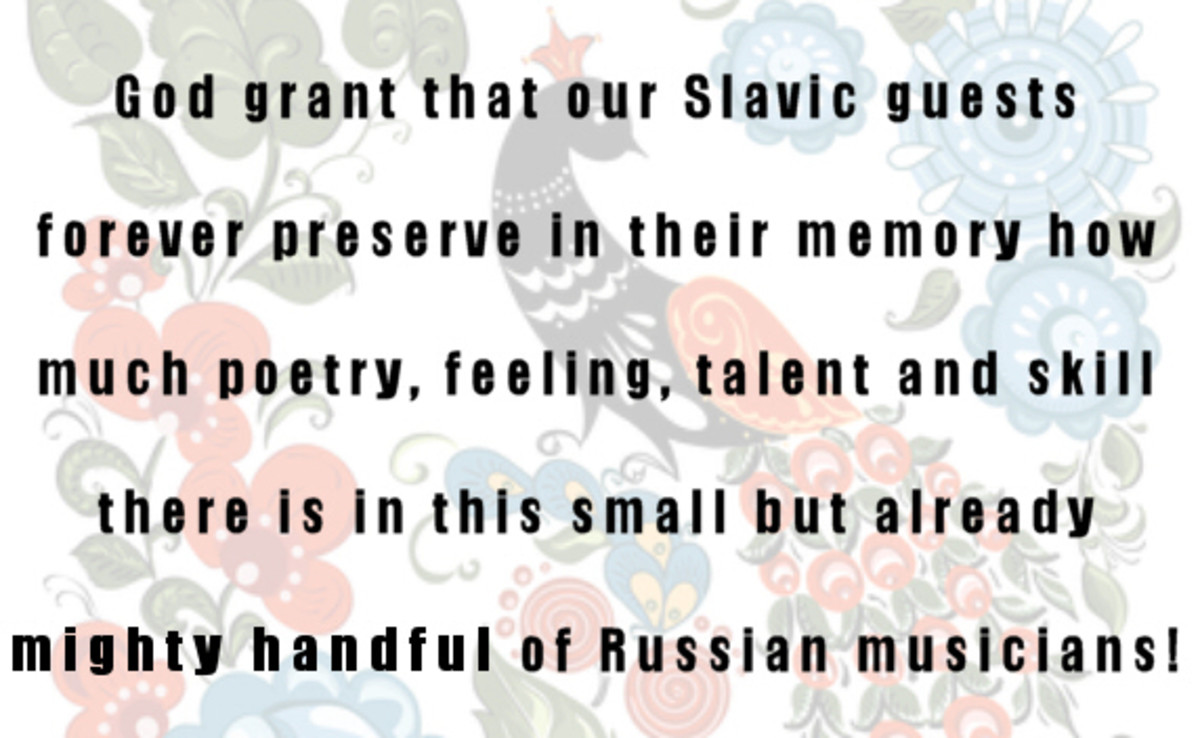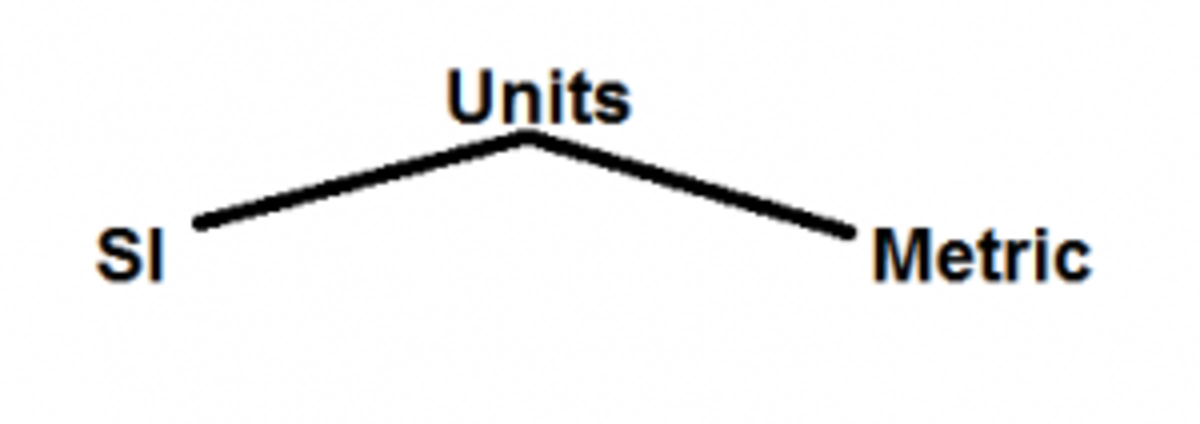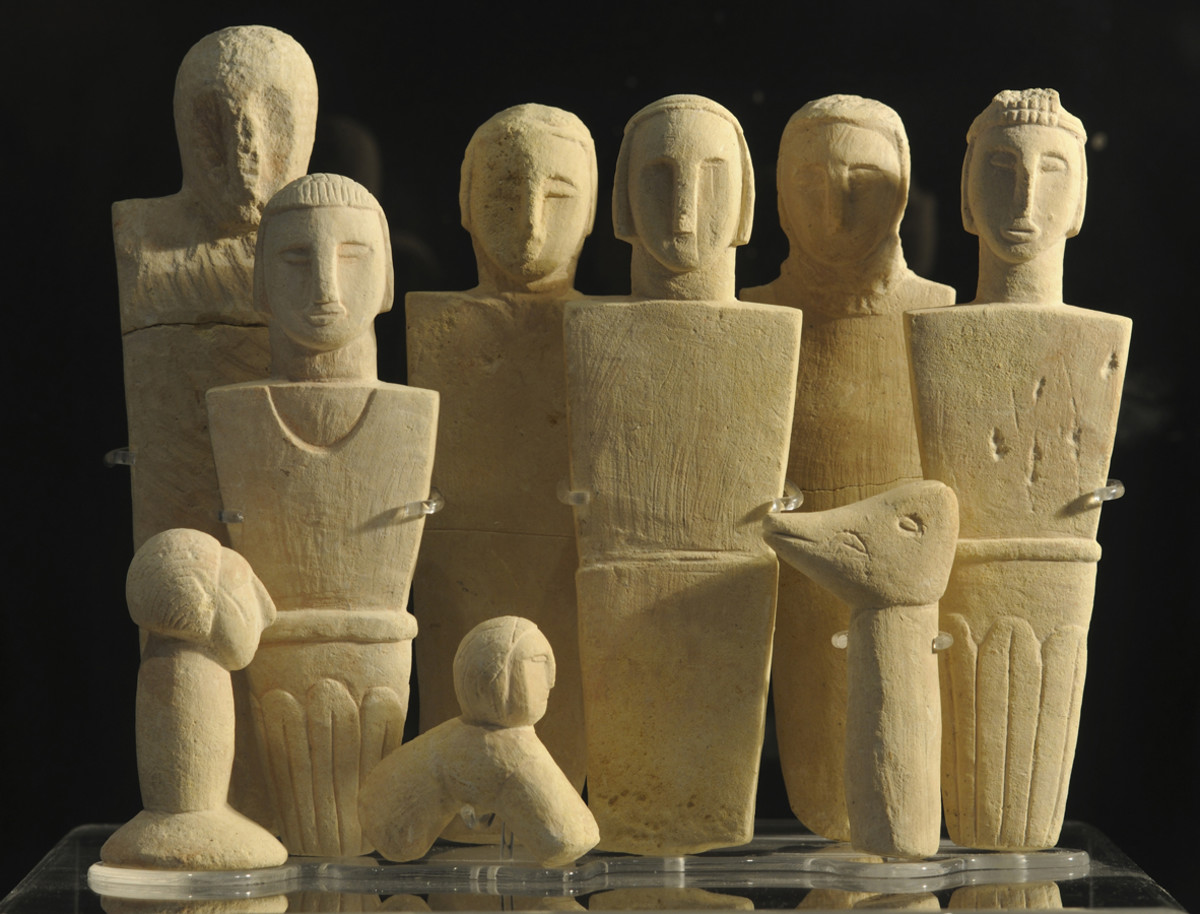Gesualdo: Prince. Composer.... Murderer.
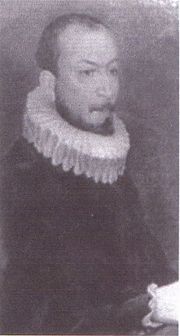
"il Musical Macellaio di Venosa"... The Musical Butcher of Venosa
The tormented life of Don Carlo Gesualdo, Italian composer, prince and statesman, reads as though from the pages of a suspense novel rather than the annals of Sixteenth Century musicology.
Gesualdo, living legend of the day, lived a truly tragic life, with his music comprising a consortium of the most violent and destructive elements of our human condition: eroticism, death, jealousy, suffering. Rather than setting his own or per-existing poetry to music, Gesualdo instead set concepts and words such as ‘pain', ‘sorrow', ‘revenge', ‘hate'. For that historical era and time frame, this was beyond ground-breaking; such heresy was often regarded as obscene; thus punishable not just by death, but by a slow, torturous death such as, disemboweling.
In response to a swell of public interest associated with the contentious Gesualdo, The Vatican issued an edict that Don Carlo Gesualdo, Prince of Venosa, "although Divinely talented and of regal family lineage" was apparently flirting with "secular perversions and a lurid internal conflict setting decency and morality at the feet of carnal desires."
It was a not-so-veiled warning to the young prince: essentially, had Don Carlo Gesualdo not been a blood-line prince bearing the Gesualdo family crest, talented or not, he'd have been censured, which almost certainly would have translated into a gruesome death.
Don Carlo, not dissuaded, instead mocked the censure by fantastically proclaiming "I am as both Nero and as the Pontius Pilate; untouchable in my deeds, unyielding in my actions." In a noticeably unusual non-response, the Vatican never addressed Gesualdo's outwardly flamboyant contempt, although historians and scholars almost unanimously conclude Vatican involvement in Gesualdo's death.
Gesualdo fancied himself a composer, a poet, a statesman; his ego would have it no other way.
But the reality, simply put, is that the young prince failed on all fronts and any notoriety, or publicity of the day, resulted almost exclusively from his scandals, and not from his ‘talent', a debatable concept anyway, in some circles.
As a musician, he was mediocre at best; not able to sing and having mastered no specific instrument, or family of instruments (i.e. brass family, woodwinds, etc.) as was custom amongst composers of the day.
In his compositions, following the exchange with the Vatican, Gesualdo further continued to explore every fleeting fancy which captured his interest. In doing so, Gesualdo plowed into perverted chromaticism, contour-less forms and rarely, if ever, previously heard harmonies. Such music, although interesting and moving, traveled far outside the boundaries of the standard madrigal. Hence, Gesualdo created madrigals which were appropriate solely for instruments; his vocal compositions, when attempted to be sung, were often too painful to hear; thus sending Gesualdo into fits of rage.
As a result, after his death on September 8th, 1613, Gesualdo's vocal compositions faded from musical memory, almost immediately. What did not, however, fade from memory were the notorious scandals, the incestuous affairs, the fits of rage, the orgies, and of course, the numerous suggestions that young Gesualdo would routinely murder those who openly sought to depose him or, who in some way, failed to meet with Don Carlo's satisfaction.
Believe to have been born in a township just east of Naples, sometime between 1560 and 1562, Don Carlo, the second surviving male heir of Duke Fabrizio Gesualdo, became prince as the result of his brother's death. Later, in the reading of Don Carlo Gesualdo's own will and testament, Don Carlo pleaded with God for forgiveness for the killing, in which Luigi Gesualdo, the first prince of Venosa, died May 17th 1584 at the age of twenty. The death of Don Carlo's brother Luigi, was later determined, by his own written confession as well as judicial review, as being Gesualdo's first known murder. Incidentally, whether committed by brother or not, technically Luigi's death was a political assassination.
Ultimately, it was ‘Gesualdo the Murderer', and not ‘Gesualdo the Composer', nor ‘Gesualdo the Poet', (as requested in his will), which became the infamous Don Carlo's moniker.
Shortly after Luigi's death, in 1586, young prince Carlo began to hear many of the lurid rumors concerning his beautiful first cousin, Donna Maria d' Avalos. Donna Maria, also an Italian aristocrat and close blood relative, was already twice widowed at the age of only twenty-five. As with Don Carlo, sordid innuendo surrounded the beautiful Donna Maria, who she herself came to be known as "il morte bella", or loosely-translated, "the beautiful death-bringer."
Donna Maria, had a rumored and suspicious past, to say the least, and it was this very past and the rumors that surrounded cousin Donna Maria, to which the young, albeit psychotic, prince would later proclaim as God's will for "ordaining" their love.
Journals of the day stated that Donna Maria's first husband, Federigo Carafa Marchese di' San Lucido, apparently died from an "excess of conjugal bliss(!!!)," and Sicilian Alfonso Gioeni, her second husband, reportedly "escaped" a similar fate by arranging for a rather timely divorce.
In 1586, Carlo and Donna Maria were married.
This marriage was Donna Maria's third and Don Carlo's first, and apparently prospered well in the initial several seasons, with the newly-weds having lived more like lovers than a wedded couple. The couple were sexual exhibitionists and their loud, often flamboyant sexing became the topic of numerous rumors and local folklore.
Eventually Donna Maria became pregnant and Don Emmanuele, a son, was conceived.
However, although a fun recreational hobby, Gesualdo's first ‘love' was not of women nor of sex, but rather of music; regardless of his highly debatable ‘talent', or lack thereof. Eventually, it became evident to Donna Maria that her Don Carlo was simply too interested in composing. Donna Maria, ultimately sought romantic compensation from others. Her supposed incredible beauty was capable of commanding the interests of Italy's most desirable cavaliers of the day. Soon, Donna Maria was entwined in a very well publicized affair with Fabrizio Carafi, the Duke of Andria, who was reportedly the "most graceful and desirable in the city."
Even though their affair was notorious common knowledge for well over two years, it surprisingly took almost the full two years for the prince to hear of Donna Maria's infidelity. Upon hearing of the duplicity, Gesualdo decided to end their affair for them, personally. In a rather sly covert operations type of maneuver, Gesualdo and his henchmen started a rumor amongst the village township, and in particular amongst the associates of the Duke of Andria, that prince Don Gesualdo was traveling to Astruni, some 100-miles away, for a quail hunting excursion.
That very night, upon his hearing this, Duke Fabrizio, went to the bed of the waiting Donna Maria late in the evening of 15 October 1590, having let himself in through a castle cellar entrance.
According to stenographer dockets of the day, Gesualdo and his men, kicked in his bedroom door at approximately 3a.m. on 16 October 1590. With his men holding the duke, Gesualdo stabbed the duke an incredible twenty-seven times, or as Gesualdo proclaimed, once for each month that had been the approximate length of the affair.
Gesualdo next turned his fury to Donna Maria.
As dockets of the day reflect, Lady Donna Maria's fatal wounds were confined "almost exclusively to those parts of her body which she ought to have kept honest."
By sunrise, their adulterous lovers' bodies were hung on display, upside-down by the heels, in their bloody nakedness, at the village courtyard; each with placards announcing their "crimes." By Gesualdo's order, the bodies remained upon display until the "scavengers (crows and rats, typically) no longer desired them anymore."
Certainly not wanting to find himself on Gesualdo's list of enemies, the local governor was so fearful of Gesualdo's potential for murderous rage and psychotic mania that he declared a jurisdictional ‘misstep' in the circumstances surrounding the Gesualdo affair and immediately cleared Don Carlo of all charges. His clearing of Gesualdo was chronicled as being "in the interests of upholding decency and the remembrance that wifely purity is to be maintained at all times."
Gesualdo was cleared of all criminal charges, however, the governor, shortly after announcing the ruling, was he himself later chased down by a riotous mob and beaten to death. The only comment issued by the Vatican on the entire circumstance came following the governor's death and was, in just seven words, cryptically and conspicuously brief: "Only God passes justice. Justice is served."
Because news of the entire nefarious affair to and from the Vatican, traveled at a much slower pace, was the Vatican's statement in response to Gesualdo's actions? In response to the mob's actions? Interpretation of these seven cryptic words leave the Vatican's official ‘statement' still open and debated.
Much to practically everybody's surprise, the prince married again in 1595!
What people found so incredible was, royalty aside, that any female would be willing to take a chance on Don Carlo Gesualdo, particularly since he had come to be known as ‘il musical macellaio di Venosa,' or ‘The Musical Butcher of Venosa'.
The humorous moniker was simplistic in its brilliant duality: yes, Italy concluded, Don Carlo Gesualdo was equally adept at butchering people AND music.
The object of the prince's newfound affection was Lenora d' Este; only daughter of the highly-respected Ferrara art dealer and land baron, Duke Alfonso II.
However, Gesualdo made no attempt whatsoever to distance himself from the sordid rumor mill of his past. In fact, almost immediately, upon returning from an extended honeymoon with his new bride, again his life erupted in salacious and unsettling rumors.
There were now accusations that Gesualdo had taken a lover in Ferrara, that he routinely beat Lenora, and, most notably, that amidst all of the new turmoil and violence, Lenora and her brother were engaged in a constant incestuous love affair, as frequently witnessed by chamber maids and servants in the Castle Gesualdo.
Publishers of the day noted that, for better or worse, Gesualdo did fancy himself a madrigal composer, whether talented or not. By this point, while looking to cash-in on Don Carlo's reputation and iconic megalomania, Ferrara's music publishers began reprinting all of the works of local its madrigalists, a process by which Gesualdo's musical scores were included.
Upon learning that his compositions were being reprinted, Gesualdo's notorious ego acknowledged only that point; that his works were being reprinted. The fact that all of Ferrara's madrigalists were being re-printed he would not acknowledge. The prince believed that his compositions were in such demand, and were held in such a high regard, that it was his music that transcended the heinousness of his past deeds and that his music would, upon death, be his portal to an audience with God.
To Gesualdo, this was God's intervention and from this intervention Prince Don Carlo Gesualdo concluded that his higher calling in life, to attain eternal salvation in Heaven, was not orgies, or murder, or politics or incest, but rather continuing with his supposed God-ordained musical talent. When Gesualdo went before his assembled subjects to announced this, there was such a riotous outcry, that Gesualdo mistakenly took their joviality as a sort of celebratory endorsement.
Scribes authoring the journals of the day were exceedingly cautions to not make mention of the fact that what Gesualdo initially misinterpreted as favorable enthusiasm, was, in all actuality, mockery. It wasn't until after Gesualdo died in 1613 that the journals were actually "rettificata dopo la morte," or, "corrected after death."
Towards the end of his life, Gesualdo became more and more restless. Observers would also note that he was a man caught between the guilt of his past actions and an impatience for living, particularly since he believed that his eternal salvation in an audience with angels and God awaited him. Gesualdo spoke fluidly of his past murderous tendencies, now to anyone who would listen, and who were brave enough to be alone with him in closed quarters.
Gesualdo, having been living in a new home in Ferrara, was miserable and unsettled and longed for his castle outside his beloved Naples. The prince eventually decided it was time to leave Ferrara and returned to Castle Gesualdo, near Naples, where he began his last ‘religious' period.
This phase of his life involved the composition of nearly all of his religious music. In acts of apparent atonement, Gesualdo built and financed a new monastery for thee local Capuchin Fathers, and commissioned and elaborate mural to be painted in which he, ‘The Musical Butcher of Venosa,' was depicted as a humble penitent servant in the presence of saints.
In his final years, Gesualdo occupied himself almost exclusively with music. His ‘Responsoria for Holy Week', as well as two massive volumes of madrigals all appeared in 1611.
On September 8th, 1613, Don Carlo Gesualdo, who had been living in a self-imposed exile since the sudden and unexplained death of his son Emmanuel just three weeks previously, was he himself supposedly found dead.
When questioned about the circumstances by which by his wife Lenora d' Este of Ferrara found her husband dead, Lenora responded only with what was recorded as being "maniacal laughter."
After an investigation concluded nothing, mainly because the sole witness could do nothing other than laugh hysterically when asked about the subject, Lenora d' Este of Ferrara was committed to an "ospedale m' psichiatrico," or "mental hospital", where she eventually died.
As late as the 1920s, Gesualdo's name and accomplishments were almost totally unknown to the music world. In some regards, Gesualdo's introduction, or re-introduction, can be credited to several students of Hungarian composer and cellist Zoltan Kodaly (pronounced "Coe-Die").
In 1924, while in attendance at the Budapest Music Academy, these students brought to Kodaly's attention several of Gesualdo's madrigals; old, dusty and fragile, the transcripts were the actual reprintings that Gesualdo heralded as being the root portal of his covenant with God. Kodaly, widely regarded as the modern master of atonal musical harmony, reviewed these printings and was astounded. These rather impressive madrigals, were scored a' capella for vocal quintet.
After studying with Kodaly in Hungary, these students returned to their homes around the world. In doing so, they took with them their own transcriptions of the Gesualdo madrigal manuscripts. Some of these copies were lost, or destroyed. In many instances, they were simply ignored due to the fact that in the 1920s there existed very few, if any, madrigal singers.
However, in 1925, one of Kodaly's students and Bela Bartok apprentice, Tibor Serly, a noted New York arranger, performer and conductor in his own rite, was so impressed with these unusual madrigals, that he undertook the task of orchestrating them into string choir transcriptions.
These transcriptions are believed by numerous musicologists, including the renowned Edward Jablonski, to be responsible for the (re-)introduction of Gesualdo into contemporary music of the early Twentieth Century.
SOURCES CITED~
- Fulton, Kenneth. "Gesualdo - A Consideration of his Sacred Choral Repertory." The Choral Journal. Volume 28 (n. 7, 1988; pages 5-11).
- Lang, Paul Henry. "Giants of the Choral Heritage - Gesualdo." American Choral Review. Volume 17 (n. 2, 1975; pages 27-29)
- Gray, Cecil and Heseltine, Philip. "Carlo Gesualdo. Prince of Venosa - Musician and Murderer" Kegan Paul, Trench, Trubner & Co., LTD., London. 1926. 145 Pages.
- Sadie, Stanley ed. "New Grove Dictionary of Music and Musicians" MacMillian Publishers Limited. 1980. s.v. "Carlo Gesualdo"
- Watkins, Glenn. "Gesualdo - The Man and His Music." University of North Carolina Press; Chapel Hill. London. 1973. 334 Pages.
- Serly, Tibor. "The Musical Heritage Society." LP Album MHS 3306-75-750944. Modus Associates, Inc. Year Not Specified.
****************************************************************
LEGAL NOTIFICATIONS:
DISCLAIMER: Photographic images used in this article are believed to be 'public domain' and were captured in a Google.com search string. Any/all images, artwork, photographs (et al) cited in this article are used with the implicit intent of promoting the subject of this article with absolutely no financial gain whatsoever by this article's author and remain the exclusive copyrighted property and material of the originating source, if applicable.
Any copyright breech, actual, implied or suggested, is completely unintended.
© 2008. REID MARTIN BASSO.
****************************************************************

